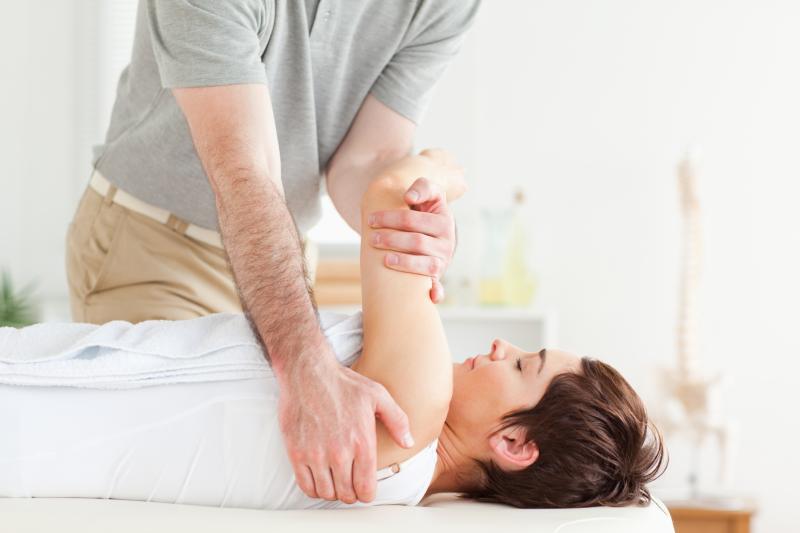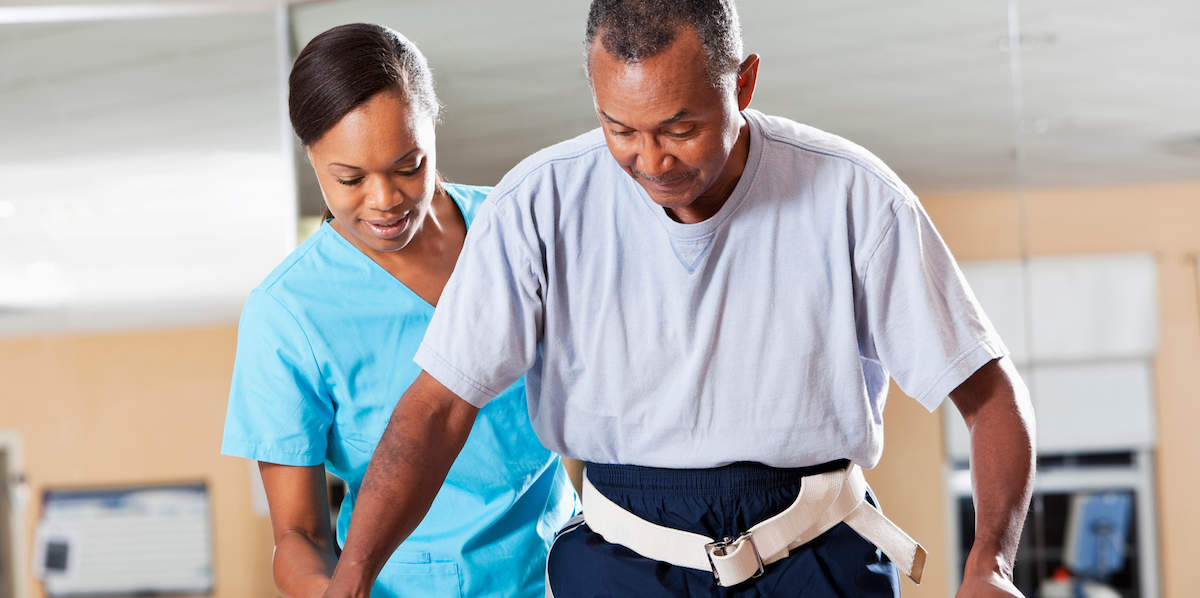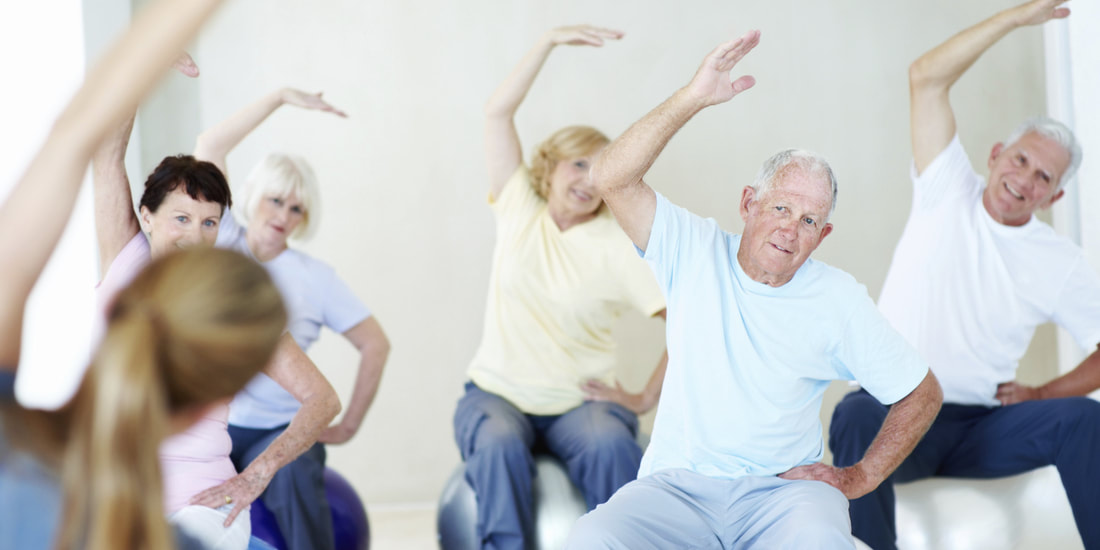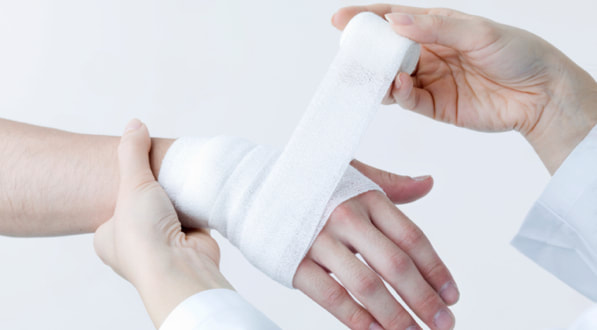|
These exercises can be done as way to accelerate recovery at home. Ask your physiotherapist how many sets and times per day you should be doing each exercise based on your needs.
1. Pendulum stretch Relax your shoulders. Stand beside a surface and lean over slightly with the affected arm hanging down. Swing the arm in a small circle — about 30cm in diameter. As your symptoms improve, increase the diameter of your swing and use a small weight. 2. Towel stretch Hold one end of a three-foot-long towel behind your back and grab the opposite end with your other hand, holding in a horizontal position. Use your good arm to pull the affected arm upward to stretch it. Hold the bottom of the towel with the affected arm and pull it toward the lower back with the unaffected arm. 3. Finger walk Face a wall three-quarters of an arm’s length away. Reach out and touch the wall with the fingertips of the affected arm. With your elbow slightly bent, slowly walk your fingers up the wall until you’ve raised your arm as far as you comfortably can. Your fingers should be doing the work, not your shoulder muscles. Slowly lower the arm and repeat. 4. Cross-body reach Use your good arm to lift your affected arm at the elbow, and bring it up and across your body, gently stretching the shoulder. You may do this either sitting or standing. 5. Armpit stretch Using your good arm, lift the affected arm onto a shelf at chest level. Gently bend your knees, opening up the armpit. Deepen your knee bend slightly, gently stretching the armpit, and then straighten. With each knee bend, stretch a little further without force or pain. 6. Outward rotation Hold a rubber exercise band between your hands with your elbows at a 90-degree angle close to your sides. Rotate the lower part of the affected arm outward 5cm and hold for 5 seconds.
2 Comments
Physiotherapy can help you through recovery following a stroke with a program that focuses on challenging your brain and nerves, as well as muscles, balance and coordination.
Treatment methods that physiotherapist use with patients recovering from a stroke include:
Working to improve strength and balance should also be done at home to ease the recovery process. Here are a few tips to try out:
Working to regain normality in your life following a stroke can be discouraging. It is hard to remember that rehabilitation does not occur overnight. While some people see significant improvements from the effects of a stroke within a few weeks, you are more likely to see recovery gradually while receiving Physiotherapy treatment. It is also important to make sure you take precaution to prevent future strokes by:
Many exercise-related injuries are a result of neglecting to properly warm-up your muscles prior to working out and performing a cool-down afterwards.
The primary goal of a warm-up is to loosen muscles, gradually increase the heart rate, and increase blood circulation to provide muscles with an adequate supply of oxygen. Tips for a Warm-Up:
Tips for a Cool-Down:
Tips for Stretching:
Most people find it’s hard to set aside time for an exercise regime with a busy schedule, and if there is time, you’re usually too tired to have motivation. Making small changes in your daily routine can be just as effective as going to the gym a couple times a week. Here are some simple ways to be more physically active at home, at work and at play to help you maintain good health.
At Home
At the Office
At Play
With endless baking and cooking happening during Thanksgiving, it's not unlikely to get a nasty burn from the oven or stove. The treatment you choose depends on the severity of a burn, but in every case, immediate attention to the area is important.
Before inspecting the area to assess the degree of the burn itself, run the area under cold water for at least 10 minutes. It's important to note that you should never apply ice to a burn as it can increase tissue loss and the possibility of scar damage. The next steps you should take are during the healing process.
The last step is to be patient. Remember, even minor burns can take up to 3 weeks to heal. If you're experiencing an increase in pain, redness, swelling, oozing or pus, or a fever, seek immediate medical attention. Accidents happen, but it's a good idea to review kitchen safety tips to avoid the pain of unnecessary injuries. |

 RSS Feed
RSS Feed





